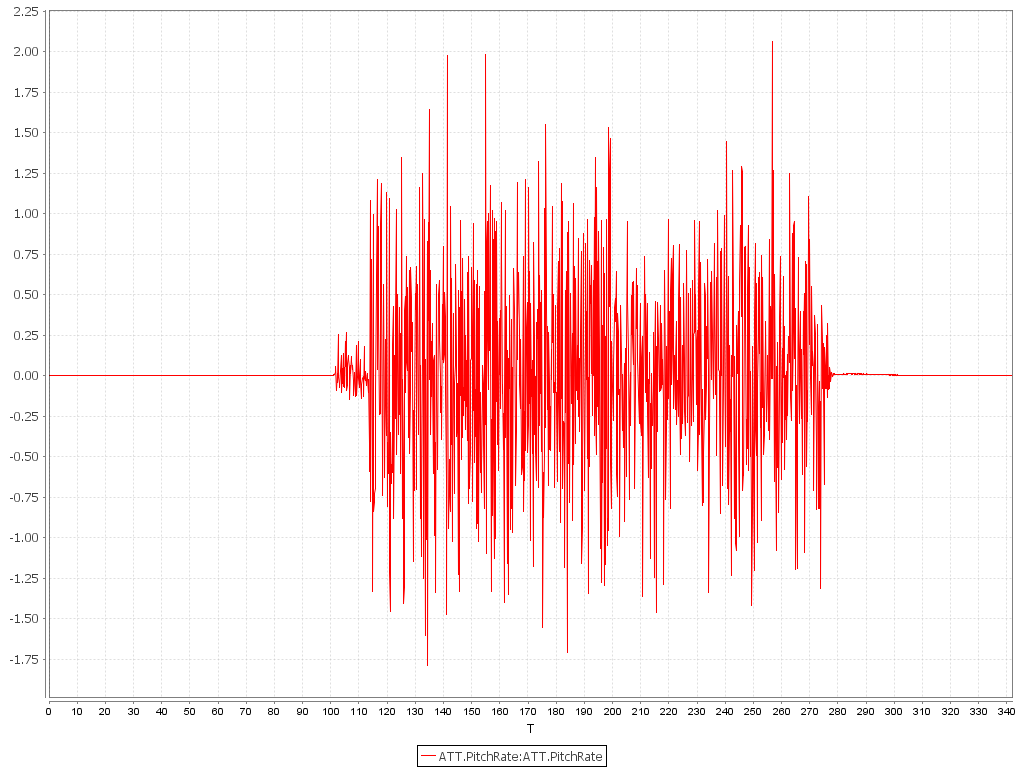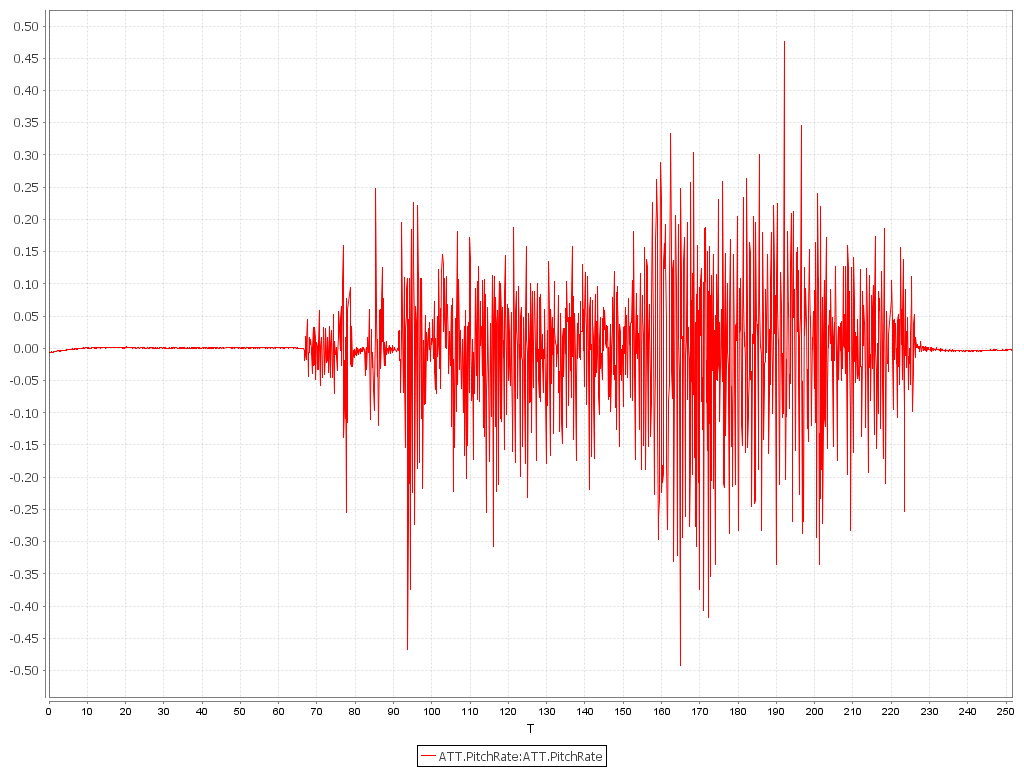I’m building a multicopter powered by a gas engine and I intend to use the Pixhawk to control the vehicle. One concern is that the vibrations from the gas engine could prevent the Pixhawk from working reliably. Just recently, I did a tethered test with the Pixhawk on board, armed and logging, but not hooked up to any controls.
I don’t have much experience with flight controllers, so I don’t know just by looking at the data if the PX4 has a chance of actually controlling the vehicle. I’d love to get some feedback if anyone has time to take a look at the logs.
The logs are at:
https://github.com/mccloudaero/goliath-quadcopter/blob/master/testing/pixhawk_logs/test_48/log001.px4log
I’ve also created some plots of the accelerometer and gyro data
1 Like
I’ve uploaded your logs here and the results do not look promising - I don’t expect gas powered engines to be able to change speed fast enough for a multicopter. What would work is a gas powered engine with a variable pitch propeller.
It looks like your accelerometers are saturated by vibration. The Yamaha RMAX controller unit weighs 2kg and is mounted on vibration isolators, so copying their approach might work for you.
@LorenzMeier and @Mark_Whitehorn
Thanks for the feedback! It’s useful information to know as I continue to design the vehicle.
I completely agree with the concerns about gas engines not being able to change speed fast enough. The primary plan is to use control vanes underneath the propellers for attitude control and use the gas engine throttle for changing elevation. I’m also looking at what it would take to build variable pitch propellers as a backup option. Regardless of which control method is used, the vehicle will not be nimble.
It’s good to know how the Yamaha RMAX handles the vibration. The airframe I’m building is still in the prototyping stage, and all that’s been done to isolate the vibration is to use the foam pads that came with the Pixhawk. I can make some improvements by doing more to isolate the frame from the electronics from the frame from the engine.
Thought I’d share the progress I’ve had with using the Pixhawk with a gas engine. Since I last posted in March I’ve built an updated version of the vehicle. Part of the redesign included improved vibration dampeners to better isolate the engine from the frame and isolate the avionics tray from the frame. Additionally the tray was made with steel instead of aluminum to increase the mass of the avionics tray to further help with the vibrations
Initial testing shows a huge improvement. Below are some plots of the before and after pitch rates, which were reduced by a factor of five to ten with the new design. Based on the new data, it looks like using the Pixhawk with the gas engine will work now.
Pitch Rates Before:
from logfile:
http://logs.uaventure.com/view/cbyxxUfE2HFdGtMKeWBhwD
Pitch Rates After:
from logfile:
http://logs.uaventure.com/view/RaoTxbBkWhFe4Tgaqe7HRW
1 Like





